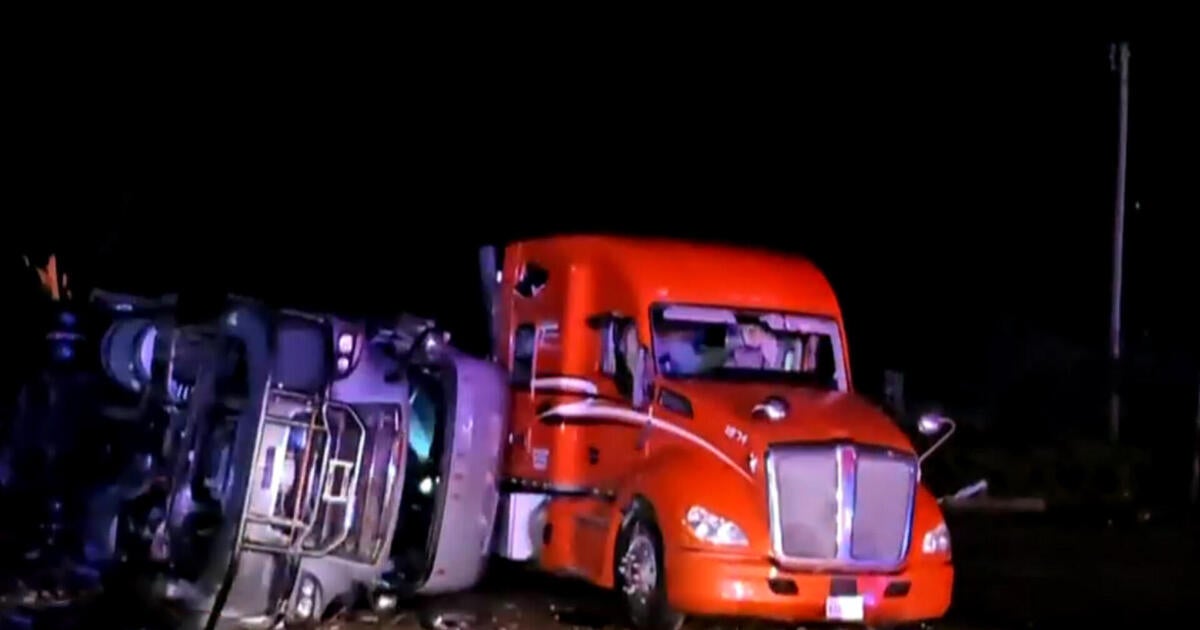Missouri Faces Devastation as Severe Storms Trigger State of Emergency
In the wake of a relentless series of severe storms, Missouri is facing significant challenges as officials have declared a state of emergency. The storms, characterized by high winds, torrential rain, and hail, have wreaked havoc across the state, leaving residents to grapple with the aftermath. As recovery efforts begin, the focus shifts to understanding the impact of these storms and the steps being taken to ensure community resilience in the face of such natural disasters.
The Immediate Impact of the Storms
Over the past few days, residents in Missouri have experienced the brunt of nature’s fury. Reports indicate that many areas were subjected to severe wind gusts exceeding 70 miles per hour, causing extensive damage to homes, businesses, and infrastructure. The intense rainfall led to flash flooding in various regions, prompting emergency services to rescue individuals trapped in their vehicles or homes.
- Power Outages: Hundreds of thousands of residents found themselves without power as downed trees and damaged power lines disrupted service.
- Road Closures: Flooding and debris have rendered numerous roads impassable, complicating evacuation efforts and emergency response.
- Structural Damage: Many homes and businesses reported roof damage, broken windows, and in some cases, complete destruction.
As these challenges unfolded, local officials sprang into action, coordinating with state agencies to provide immediate relief and support to affected communities. The declaration of a state of emergency was crucial in mobilizing resources and ensuring that assistance reached those in need swiftly.
Official Responses and Recovery Efforts
The declaration of a state of emergency allows for the mobilization of state resources and the activation of emergency management protocols. Governor Mike Parson emphasized the need for immediate action, stating, “We are working closely with local officials to assess the damage and get resources to those impacted as quickly as possible.”
The recovery efforts are multi-faceted, involving:
- Assessment Teams: Teams are being deployed to evaluate the extent of the damage and prioritize areas in need of immediate assistance.
- Emergency Shelters: Temporary shelters have been established to provide refuge for those displaced by the storms, ensuring they have access to food, water, and medical care.
- Financial Assistance: State and federal aid will be available to assist homeowners and businesses in rebuilding and recovering from their losses.
Community organizations and local volunteers are also stepping up to lend a hand, providing food, clothing, and emotional support to those affected. This spirit of solidarity is a testament to the resilience of Missourians in the face of adversity.
Long-Term Considerations and Community Resilience
While the immediate focus is on recovery, this disaster serves as a stark reminder of the increasing frequency and intensity of severe weather events linked to climate change. Missouri, like many states in the Midwest, is experiencing shifts in weather patterns that result in more extreme storms. This necessitates a proactive approach to disaster preparedness and community resilience.
Local governments and organizations are encouraged to consider the following strategies to enhance resilience:
- Infrastructure Improvements: Investing in stronger infrastructure that can withstand severe weather events is vital. This includes better drainage systems to manage heavy rainfall and floodwaters.
- Public Education: Raising awareness about emergency preparedness can empower residents to take action before disasters strike. This includes knowing evacuation routes, having emergency kits, and understanding weather alerts.
- Community Planning: Integrating disaster response strategies into local development plans ensures that communities are better prepared for future events.
Engaging with residents in planning and recovery efforts is crucial for fostering a sense of community ownership and responsibility, ultimately leading to a more resilient Missouri.
Personal Accounts and Community Spirit
The human experience during such disasters often brings forth powerful stories of resilience and hope. Many residents have shared their experiences of the storms, highlighting moments of bravery and kindness. For example, one family reported how neighbors banded together to help clear debris from the streets, while another recounted the emotional support they received from local churches and organizations.
These narratives not only reflect the immediate impact of the storms but also showcase the strength of community bonds. As residents begin the process of rebuilding their lives, these stories serve as a beacon of hope and inspiration.
Conclusion
Missouri faces a daunting recovery process following severe storms that have triggered a state of emergency. However, the resilience of its residents, combined with the support from local and state officials, offers a pathway toward recovery. As the community comes together to support one another, there is hope for a brighter future.
Moving forward, it is essential for Missouri to invest in strategies that enhance resilience and preparedness for future storms. By learning from this experience, the state can build a stronger, safer community capable of weathering the storms to come.
In moments like these, the spirit of Missourians shines through, reminding us all of the importance of unity and support in the face of adversity.
See more CNN Headline


